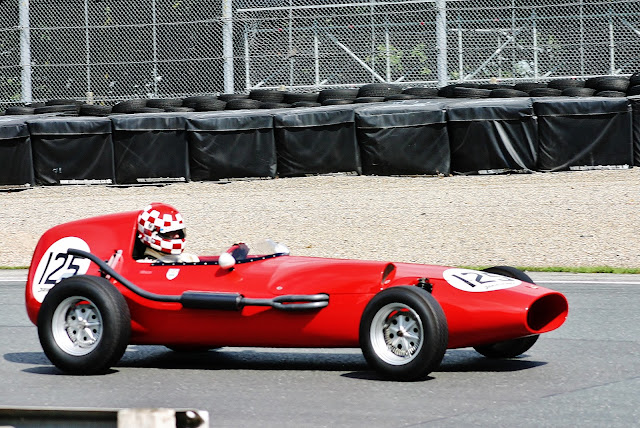I photographed this car in the Ferrari Owners' Club area in the paddock at the Christie's International Historic Festival meeting at Silverstone in July 1992.
It's a 1951 Ferrari 212 Export Barchetta, chassis #0136E with bodywork by Carrozzeria Touring of Milan. It has a 2,563cc V12 engine designed by Gioacchino Colombo and was first owned by Bobby Baird from Northern Ireland, who with Jean Lucas finished in sixth place with the car in the 1951 Tourist Trophy race at Dundrod, winning the 3 litre class.




































